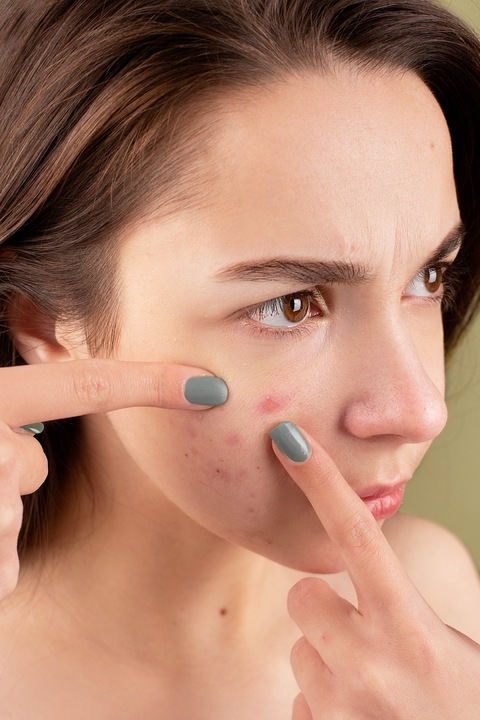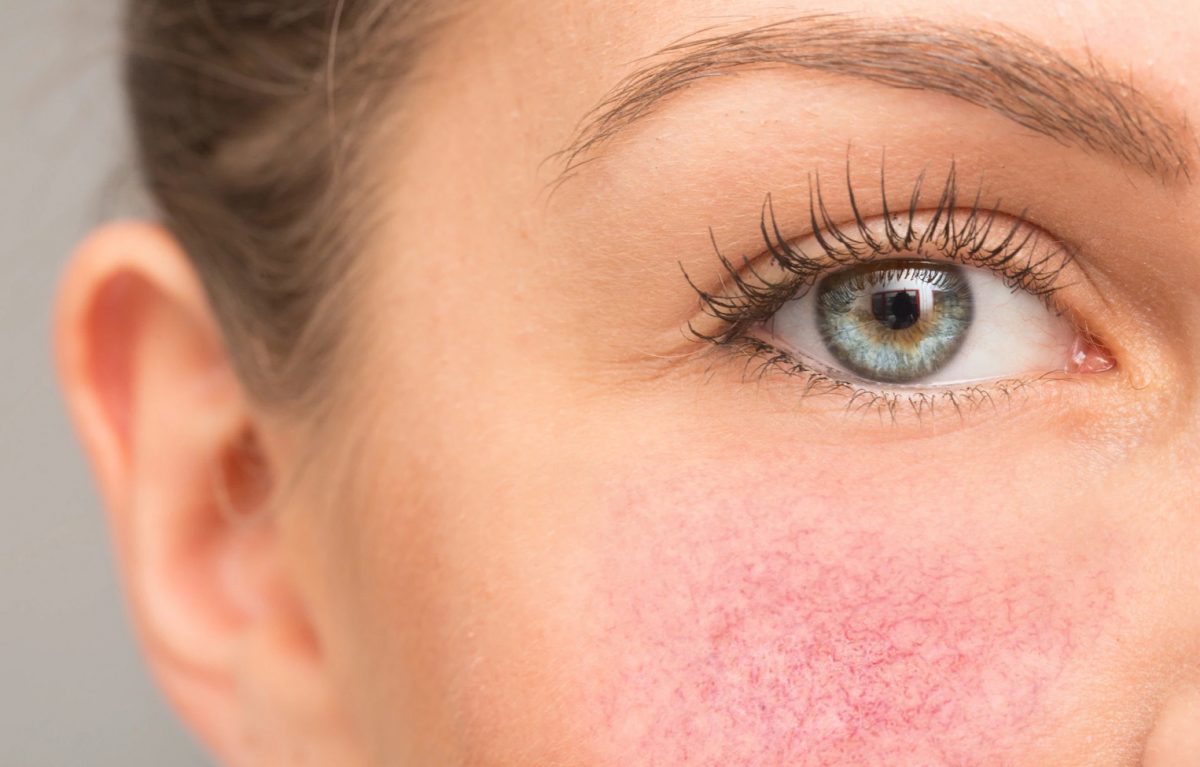Microneedling is a cosmetic procedure that involves using small needles to create tiny punctures in the skin. It is incredibly beneficial in helping to improve the appearance of acne and scarring, by promoting collagen production and improving skin texture.
The microneedles penetrate the skin, they create mini injuries that triggers the body’s natural healing response. This leads to the production of new collagen and elastin, which can help reduce the appearance of acne scars and improve overall skin quality.
Microneedling can also be particularly effective in reducing the appearance of certain types of acne scars, such as atrophic scars (depressed or pitted scars). The stimulation of collagen and elastin production helps to plump up the depressed areas, making the scars less noticeable over time.
It’s important to note that while microneedling can be beneficial for acne and scarring, it may not be suitable for all skin types or scar types.
When you come in for a consultation, we can talk you through the whole process, we will assess your skin’s specific needs and determine if microneedling is the right treatment for you, and if not, how else we could help you with Feel Your Absolute Best.If you would like to find out more about our Microneedling introductory offer then please call 01932 553118





